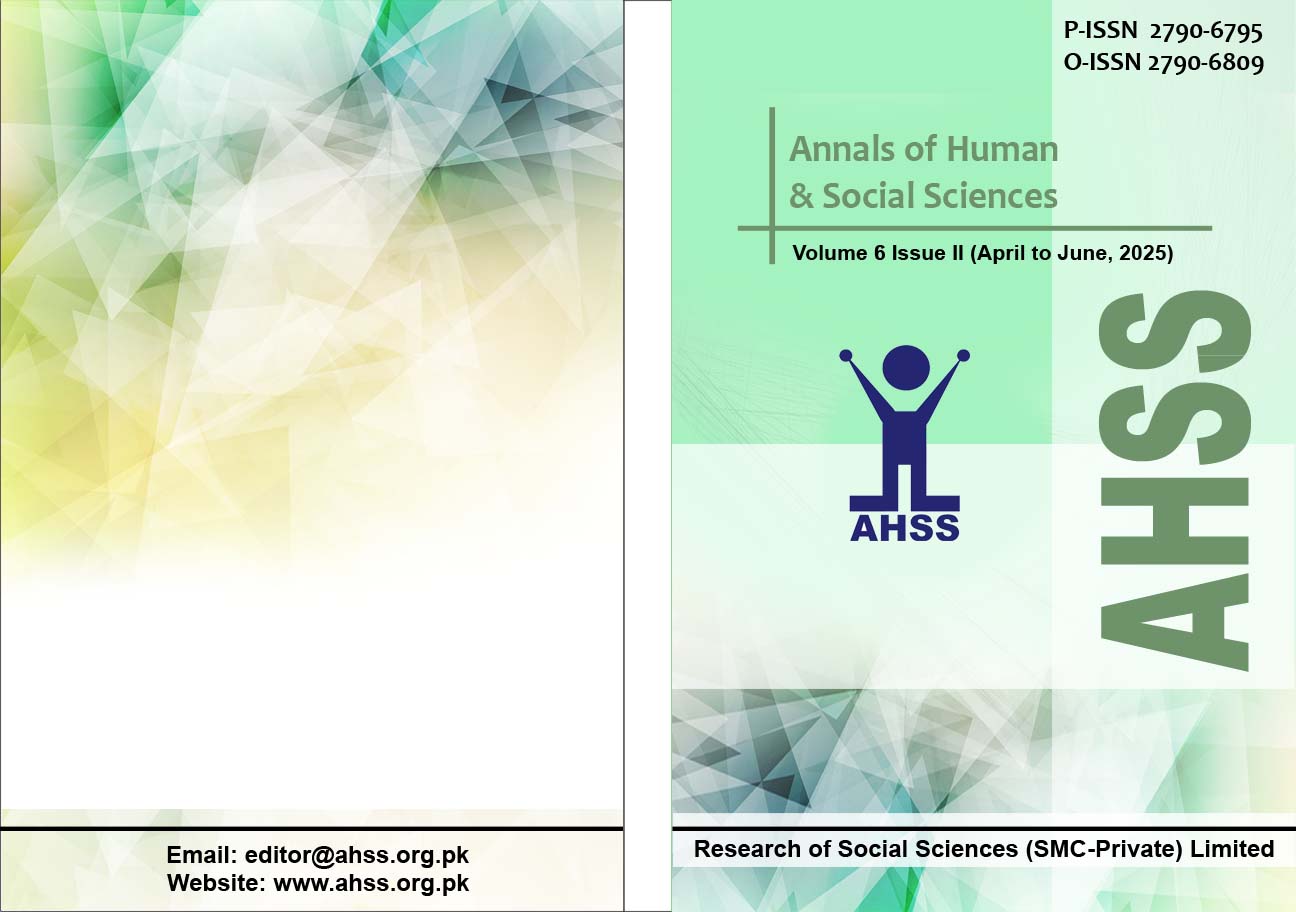Echoes of the Unspoken: A Study of Bowlby’s Attachment Theory and Intergenerational Trauma in Elif Shafak’s The Bastard of Istanbul
DOI:
https://doi.org/10.35484/ahss.2025(6-II)28Keywords:
Intergenerational Trauma, Attachment Theory, Insecure Attachment, Childhood Trauma, Parent-Child DyadAbstract
This research paper aims to investigate fictional representation of intergenerational trauma in Elif Shafak’s The Bastard of Istanbul (2006) using John Bowlby’s “Theory of Attachment”. Shafak’s novel presents an intricately woven plot based on a multigenerational account of complex characters exposed to a heterogeneous blend of traumatic experiences which leave detrimental impact on their following generations. Utilizing Bowlby’s insights, this paper enunciates how remnants of an individual’s trauma are carried forward into his next generation through insecure attachment pattern within a parent-child relationship. After analyzing four consecutive generations of Kazanci family in Shafak’s novel, the study concludes that parent-child attachment relationships between Shafak’s characters are highly insecure and therefore remain instrumental in passing Shushan Kazanci’s complex childhood trauma across her following generations - ultimately leading to her great-granddaughter’s incestuous birth. This vicious chain of intergenerational trauma can only be broken with the victims’ resistance and resilience which Shafak’s characters lack
Downloads
Published
Details
-
Abstract Views: 158
PDF Downloads: 143
How to Cite
Issue
Section
License
Copyright (c) 2025 Annals of Human and Social Sciences

This work is licensed under a Creative Commons Attribution-NonCommercial 4.0 International License.

RESEARCH OF SOCIAL SCIENCES (SMC-PRIVATE) LIMITED(ROSS) & Annals of Human and Social Sciences (AHSS) adheres to Creative Commons Attribution-Non Commercial 4.0 International License. The authors submitting and publishing in AHSS agree to the copyright policy under creative common license 4.0 (Attribution-Non Commercial 4.0 International license). Under this license, the authors published in AHSS retain the copyright including publishing rights of their scholarly work and agree to let others remix, tweak, and build upon their work non-commercially. All other authors using the content of AHSS are required to cite author(s) and publisher in their work. Therefore, RESEARCH OF SOCIAL SCIENCES (SMC-PRIVATE) LIMITED(ROSS) & Annals of Human and Social Sciences (AHSS) follow an Open Access Policy for copyright and licensing.






